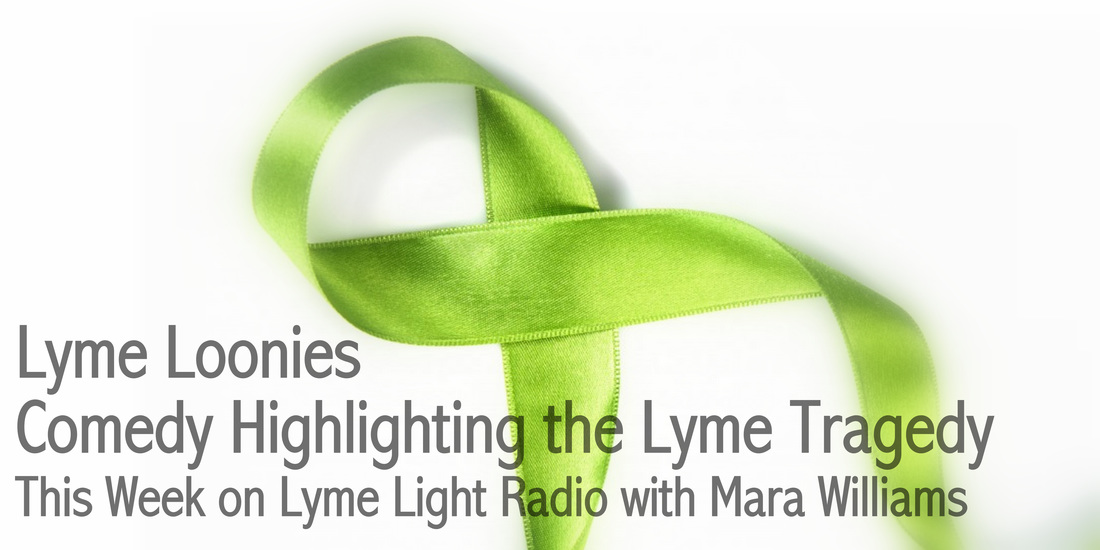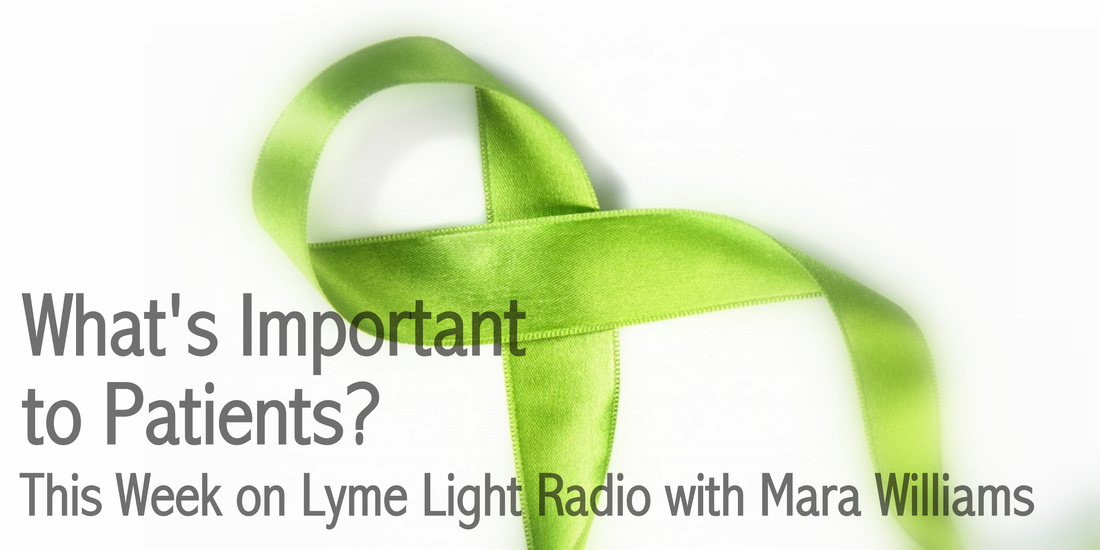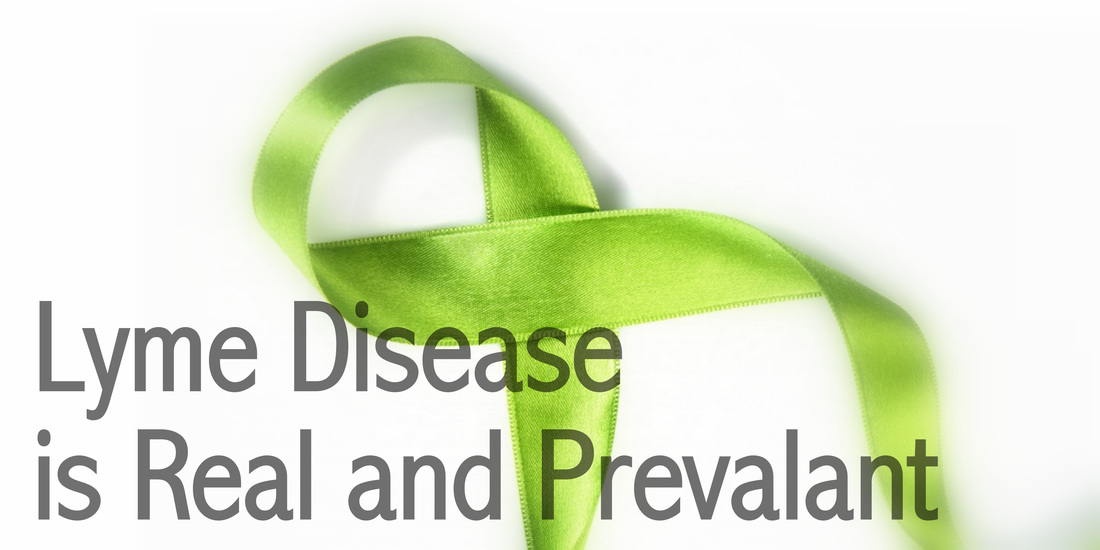|
Mara WilliamsUnderstanding Complex Chronic Illness. Help with Tick-Borne Disease, Biotoxin Illness, Hormone Imbalance using Integrative Therapies. Listen to Archived Lyme Light Radio Shows BelowBlog Archives
January 2017
Categories
All
|
|
Contact
707.337.5922 |






 RSS Feed
RSS Feed